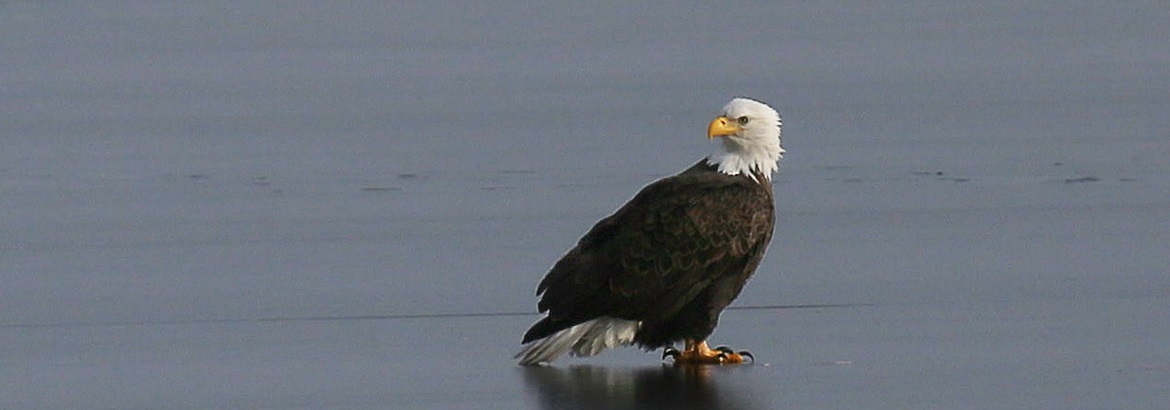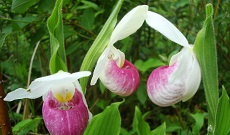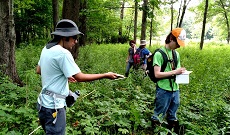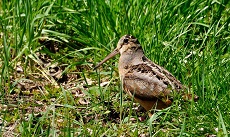 Species and Natural Features
Species and Natural Features
From the Atlantic Coastal Plain to the Appalachian Plateaus, Pennsylvania’s diverse landscapes support more than 3,000 plant species, 2,500 aquatic and terrestrial invertebrates, and over 800 fish and other vertebrate species. While Pennsylvania hosts a rich diversity of species, our natural landscapes are still recovering from a long history of environmentally destructive practices that imperiled many of our most sensitive species and ecosystems. By the 1960s, sustainable land management, rare species conservation efforts, and environmental regulations began to aid species in their recovery across the U.S., but many still face multiple challenges that threaten their persistence today.
Each Pennsylvania Natural Heritage Program (PNHP) partner agency is responsible for managing specific taxonomic groups of rare, threatened, and endangered species, as well as species of concern and rare natural features. While the list of these managed species and natural features is large, it represents only a fraction of the flora and fauna in the commonwealth. The Pennsylvania Fish and Boat Commission estimates approximately 300 reptile, amphibian, fish and mussel species are present in Pennsylvania. Of these, about 20% are threatened or endangered and 17% are considered special concern species. The Pennsylvania Game Commission recognizes approximately 480 birds and mammals. About 5% of these are threatened or endangered, and 2% are considered species concern species. The Pennsylvania Department of Conservation and Natural Resources estimates approximately 2,100 native plant species are present in Pennsylvania. Of those, almost 7% are threatened or endangered and 6% are considered special concern species. Over 50 rare or unique natural communities, 50 moths and butterflies, and almost 20 types of geologic features are considered species or resources of concern.
PNHP maintains lists of the above ecologically significant species, geologic features, and natural communities which are subject to environmental review by regulatory agencies and displays them in the Conservation Explorer. PNHP also tracks vulnerable plants, extirpated and extinct species, wildlife species of greatest conservation need, and other species of interest.
PNHP biologists and the Pennsylvania Biological Survey use inventory data to recommend a state rank and status for species that reflects how common or rare it is in Pennsylvania. Agencies rely upon this expertise and the NatureServe status ranking process to help determine the status for each species in our lists.

Environmental Review List
Find species, geologic features, and natural communities subject to environmental review and present in the Conservation Explorer.

Species and Natural Features List
In addition to species and features subject to environmental review, find vulnerable plants, extirpated and extinct species, and other species of interest.

Rank and Status Definitions
Learn how species rank and status are defined for Pennsylvania species and natural features.

Submit or Request Data
Find instructions and forms for submitting data to or requesting data from PNHP.







